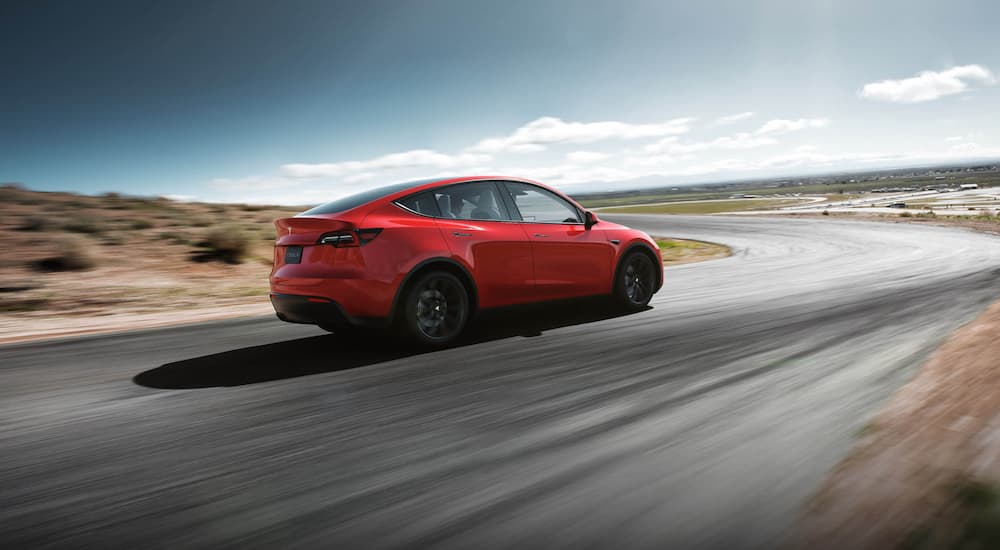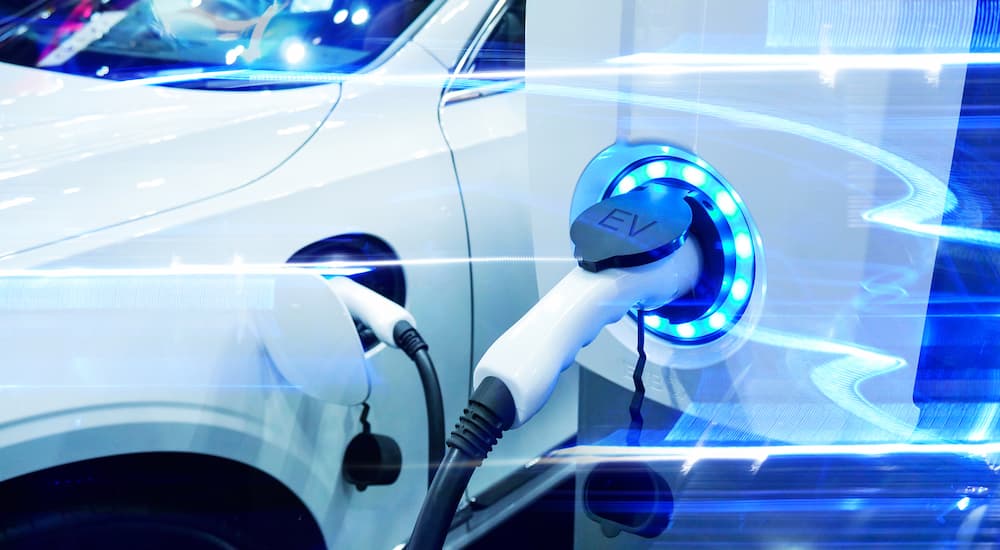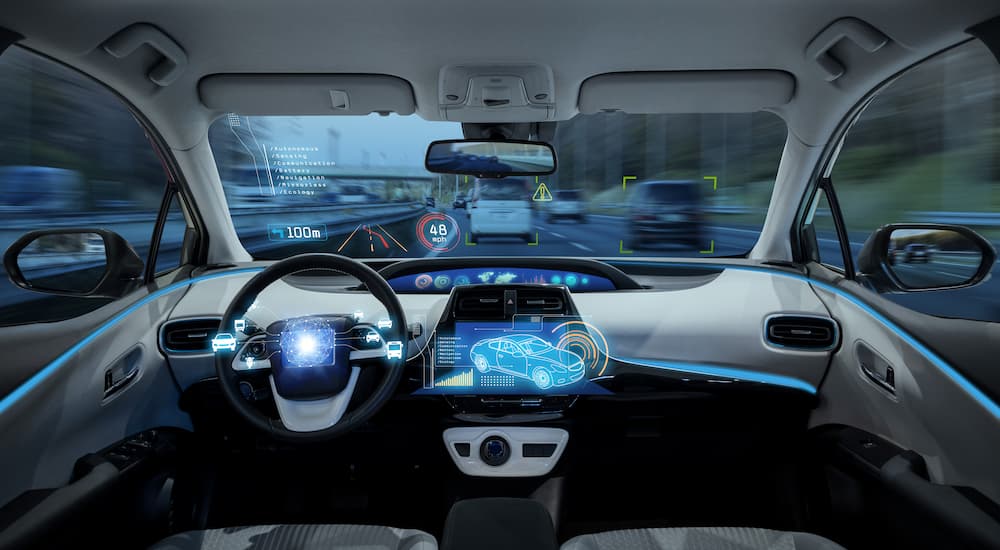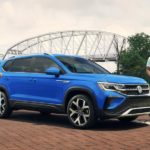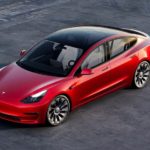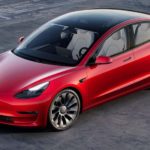Despite having a legion of devoted fans, Tesla is making a series of moves that feel increasingly risky and are, as far as I’m concerned, going to lead to disaster. I don’t necessarily mean this for the company itself––though that’s a possibility––but more in terms of its vehicles and the products we find around us on the road every day. This isn’t a new trend either. For many years now, Tesla has been making empty promises, under-delivering on what it says it will be able to do, and cutting corners to boost profits in every way it can.
For the sake of brevity, I should mention that I’m going to focus––as much as possible––solely on Tesla as a company and what it has been up to. We could go on for days if we started digging into the actions and words of Tesla CEO Elon Musk and his own cult of personality. But since we’re here to talk about cars, we’ll stick to the Tesla brand and the vehicles it is making. That’ll be bad enough just with a focus on where Tesla is headed and who it is likely to harm along the way.
Increased Demand, Faster Manufacturing, and Diminished Quality
Everyone believes increasing popularity and demand for your product is the hallmark of success in pretty much any industry. If more people want what you make and your profits are off the chart, you must be doing something right. I’m sure this is true in some sense, but it can also be a recipe for disaster.
Tesla has grown by leaps and bounds over the last decade and has proven itself an absolute monster in the tech and auto industries. And yet, until very recently, it didn’t make any profit from selling its vehicles––a substantial portion of Tesla’s cash flow came from selling alternative energy solutions to businesses and from selling emissions credits to other car companies. As an auto manufacturer, it did not turn a full-year profit until 2021.
But with demand for Tesla vehicles on the rise, it is pushing to ramp up production to unimagined levels. I’m not just being histrionic either––according to Tesla, its new Gigafactories will be able to, once they’re at full capacity, produce 10,000 cars per week. This means a Tesla Gigafactory will produce a car every 45 seconds, or about 30% faster than the standard production time in the industry. Do you want to pay five figures for a vehicle that was thrown together so quickly?
The Software Problem
My concerns with Tesla aren’t only about what’s to come and how meeting the demand it perceives for its vehicles will open up massive opportunities for errors, manufacturing flaws, and dreadful quality. Right now, as we speak, Tesla vehicles on the road have had issues with them that Tesla quietly solved through software updates. Establishing Over-the-Air (OTA) updates for vehicles was absolutely brilliant, and other manufacturers are scrambling to imitate the practice, but Tesla has been prone to taking things too far.
For example, just last year, Tesla paid $1.5 million in a settlement after a lawsuit claimed that more than 1,700 Tesla Model S sedans had their range limited through an OTA software update. Tesla claimed this was done after a vehicle fire in order to prevent any similar issues and that there were only 10 months of reduced range before the issue was fixed and the full range of the vehicles was restored. However, the owners were not happy to wake up one morning and find their cars had 10% less range than the day before.
Similarly, Tesla just announced a recall on more than one million vehicles in the United States to update the software and ensure the window reversing system meets federal safety standards. Internal testing found the system was flawed and not reacting properly, allowing people to be injured by catching themselves in a window as it rolled up. Again, the fix was made through an OTA software update.
I don’t have a problem with safety recalls; I applaud them. The issue is that OTA updates are redefining what recalls mean. In other industries, software developers have begun adopting the mindset that barely functional products can be sold to customers and then quietly fixed at a later date. If that mindset makes it to the automobile industry, people’s lives could be at risk. And that brings us to our next point.
Full Self-Driving, or Six Years of Broken Promises
Now, here’s my biggest issue with Tesla and the biggest red flag in the auto industry as far as I’m concerned. A recent class-action lawsuit alleges that for years now, Tesla has been lying about the capabilities of the Full Self-Driving (FSD) technology available in its vehicles. Despite being initially announced in 2016, this technology was not delivered to consumers until 2021 and currently remains a buggy “beta” program that asks Tesla owners to fork over thousands of dollars to field-test unproven software.
For those unfamiliar with the software world, “beta” is the phase in development where the software is functional enough to release to the consumer but still filled with known flaws. The idea is that real-world use will help the developer identify bugs and roll out fixes. As can be imagined, this practice is acceptable for video games or phone apps but is not intended for software that handles critical functions––like autonomously piloting several-ton vehicles at high speeds on public roads.
Tesla has been dodging the issue with the disclaimer that “the currently enabled Full Self-Driving features require active driver supervision and do not make the vehicle autonomous”––a legal figleaf for a feature widely promoted as doing exactly what the name says. Tesla claims that OTA updates will eventually make true FSD possible, but Elon Musk has been saying the feature would be coming “by the end of the year” for six years now, and it never has. He’s saying it once again about this year. Autumn’s over, and it’s now winter, with the end of the year quickly approaching. It’s not going to happen.
Larger Concerns for the Industry
My biggest worry about all of this is the fact that it’s worked incredibly well. Tesla is inarguably the hottest brand in the auto industry––it’s one of the hottest brands on the planet. Everyone knows who Tesla is and what it sells. So far, cutting costs, changing products people buy after the fact, and promising far more than it can deliver regarding the technology in its vehicles has made quite a few people incredibly wealthy and turned Tesla into a powerhouse.
It’s hard to imagine the executives at other car companies aren’t watching and taking notes, wondering if some of these tricks will work for them. We’ve already seen many brands, ranging from established manufacturers like Ford and Volkswagen to startups like Lucid and Rivian, try to mimic some of Tesla’s characteristics. If Tesla starts pumping out 10,000 cars per week, and people pay for them, how will any brand compete without doing the same? If OTA updates become an established way of life, what sort of half-baked software can we expect on our streets? Is that what you want flying toward you at 70 mph? Because I certainly don’t.
